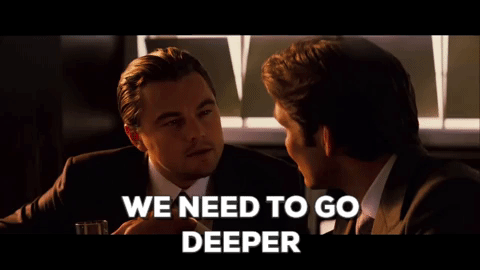Presentation
Processing with AI
Let's explore other uses of artificial intelligence.
You managed to train your first AI model and to make your first predictions, congratulations!

Let's reuse what you learned and apply it to other applications of AI.
The first part of the course introduced the notions of data, dataset, training and model. You gathered and cleaned some data in order to build a proper dataset, you trained two kinds of model. And you'll soon find out that most of AI research and AI making revolves around those steps : data gathering, cleaning and training.
In this second part of the course you will expand your knowledge of AI uses and techniques by conducting an exploration in the form of a case study.
Exploration is a method commonly used to:
- Get an overview of open or complex subjects.
- Develop a critical thinking on open subjects.
- Broaden the vision of a problem.
- Better understand the technical requirements.
- Make connections between seemingly distant subjects.
Instructions
To conduct your exploration you will research and then analyze existing objects and services that provide solutions to problems related to a given subject. As with the first part of the course we have prepared a documentation template to guide you in your exploration, you will be able to duplicate this template in the Project page at the end of this Part 2: Explorations.
After discovering your subject, read the three modules. You will have to choose one technology that fits your subject and then, move on to the project page where we will go into more detail about the instructions. Because you will need to make an educated choice read them carefuly and don't hesitate to try the exercices.
Your subject
Your subject has been defined from one of the 17 Sustainable Development Goals that the United Nations has set to build a better future for all. Watch the video below to learn about these 17 goals.
Your subject will be available on .
Come
back then to discover it!
Your subject is:
In Part 3, you'll work with comrades as a team, but will also be accompanied by a tutor, who is a professional AI and/or developer expert. This subject has thus been chosen by your tutor for your team. You'll start exploring it on your own, and then gather all your results with your teammates in Part 3.
This subject is taken from . You may start your research by reading more about that goal here: Sustainable Development Goals.
Your subject is:
Your subject has been randomly selected among a set of subjects related to the different SDGs.
This subject is taken from . You may start your research by reading more about that goal here: Sustainable Development Goals.
Your subject is:
Your subject has been randomly selected among a set of subjects related to the different SDGs.
This subject is taken from . You may start your research by reading more about that goal here: Sustainable Development Goals.
Your subject is a global starting point that you will deepen through an exploratory research to understand how other actors have taken up this subject in existing projects, and moreover to help you identify:
- The users and/or beneficiaries who are concerned by this subject
- The actual pain points they encounter
- and therefore relevant issues and research questions
Technological insights
We'll come back later to the detailed methodology you'll use for your exploratory research on the subject. Indeed, another challenge awaits you in this chapter: you'll keep growing your technological culture by following one of the three modules of Part 2: Explorations. As usual, each module will offer some practical exercises to help you assimilate all this new knowledge.
Additionnal infos
Some required informations are scattered between the three modules and the Ethics of AI page, you have to read all of them before starting the documentation process.
The modules also contain optional exercises. We invite you to do the exercice linked to the module you will implement in your project in order to better understand how everything is working.
Feel free to visit the JavaScript and p5.js pages to get help.
We'll see together how this documentation process will take place later on. In the mean time, read the technical modules, do the quizzes attached to it. Have fun!
Sum up
For this part, you have to:
-
Read these three modules:
- Transfer Learning
- Runway
- Computer Vision
- Do the affiliated quizzes.
- Read and fill the project template.